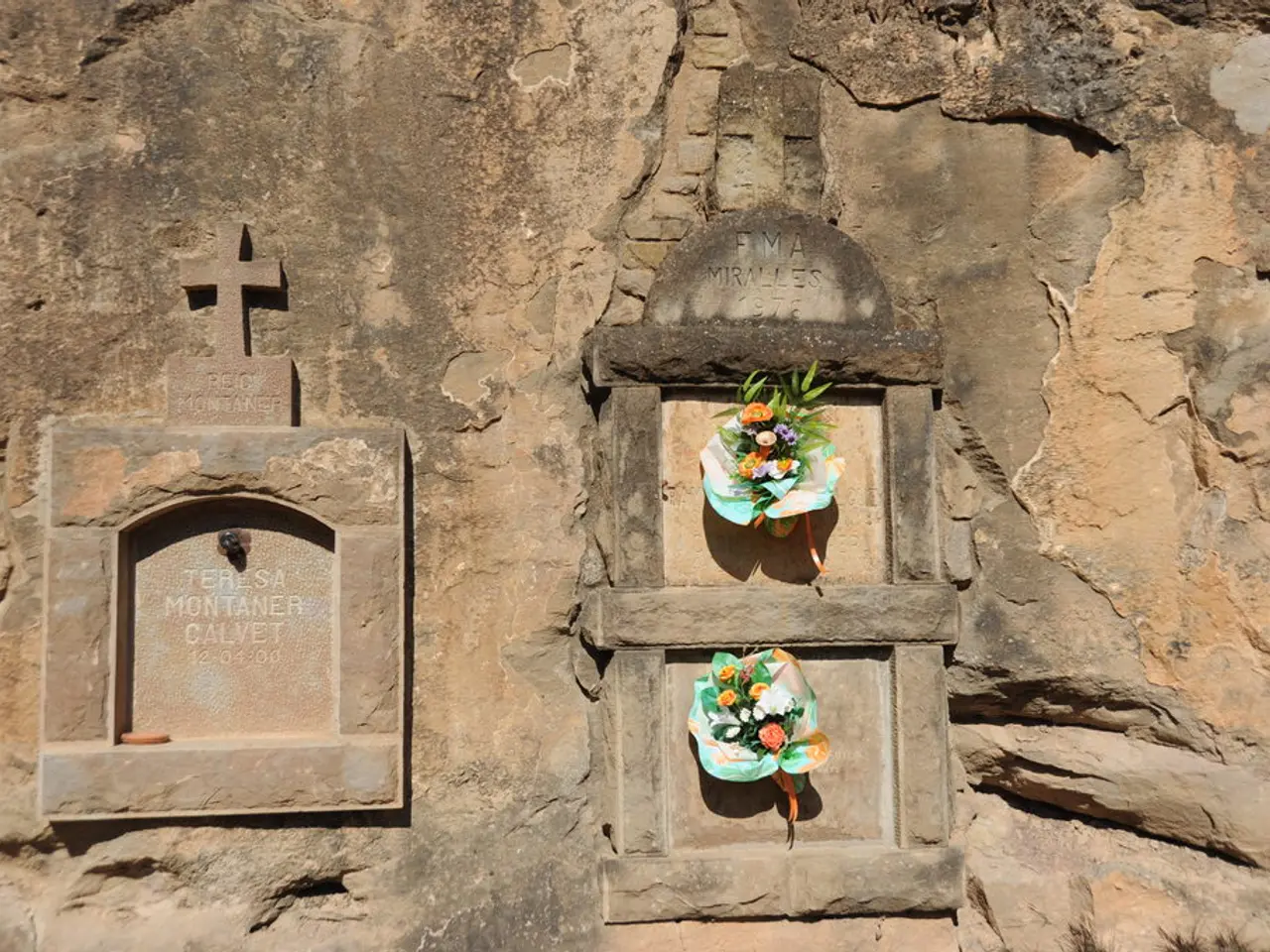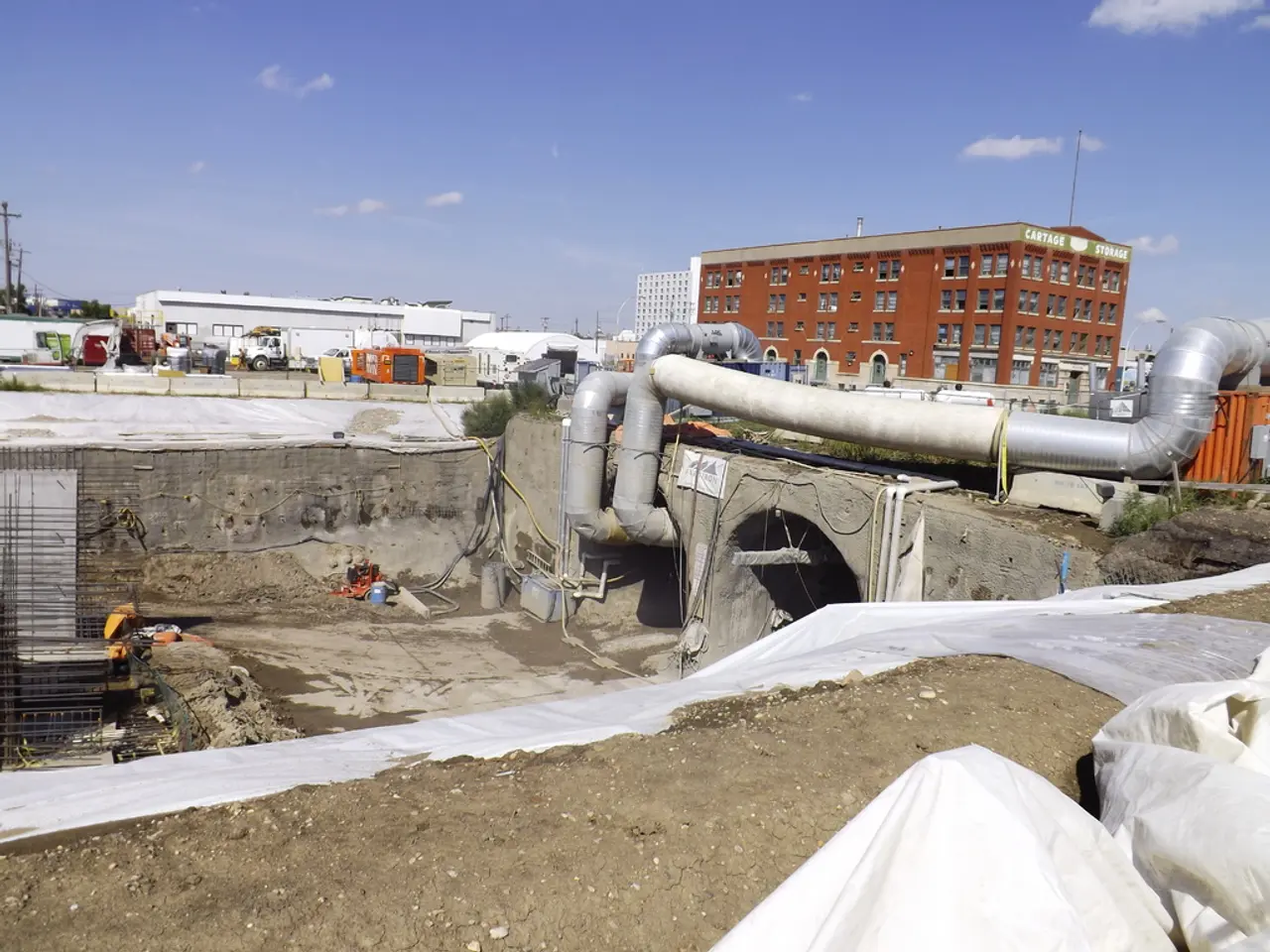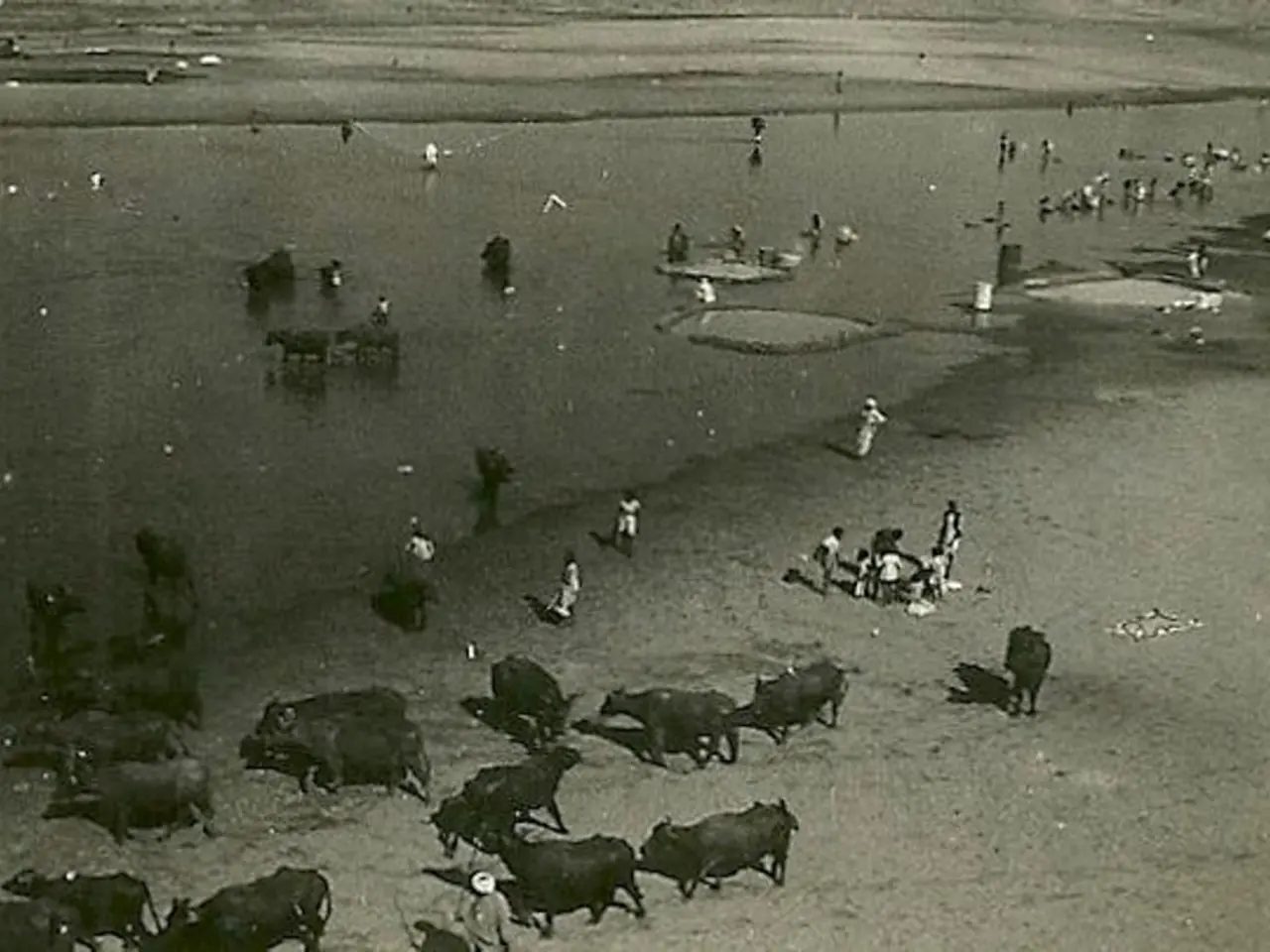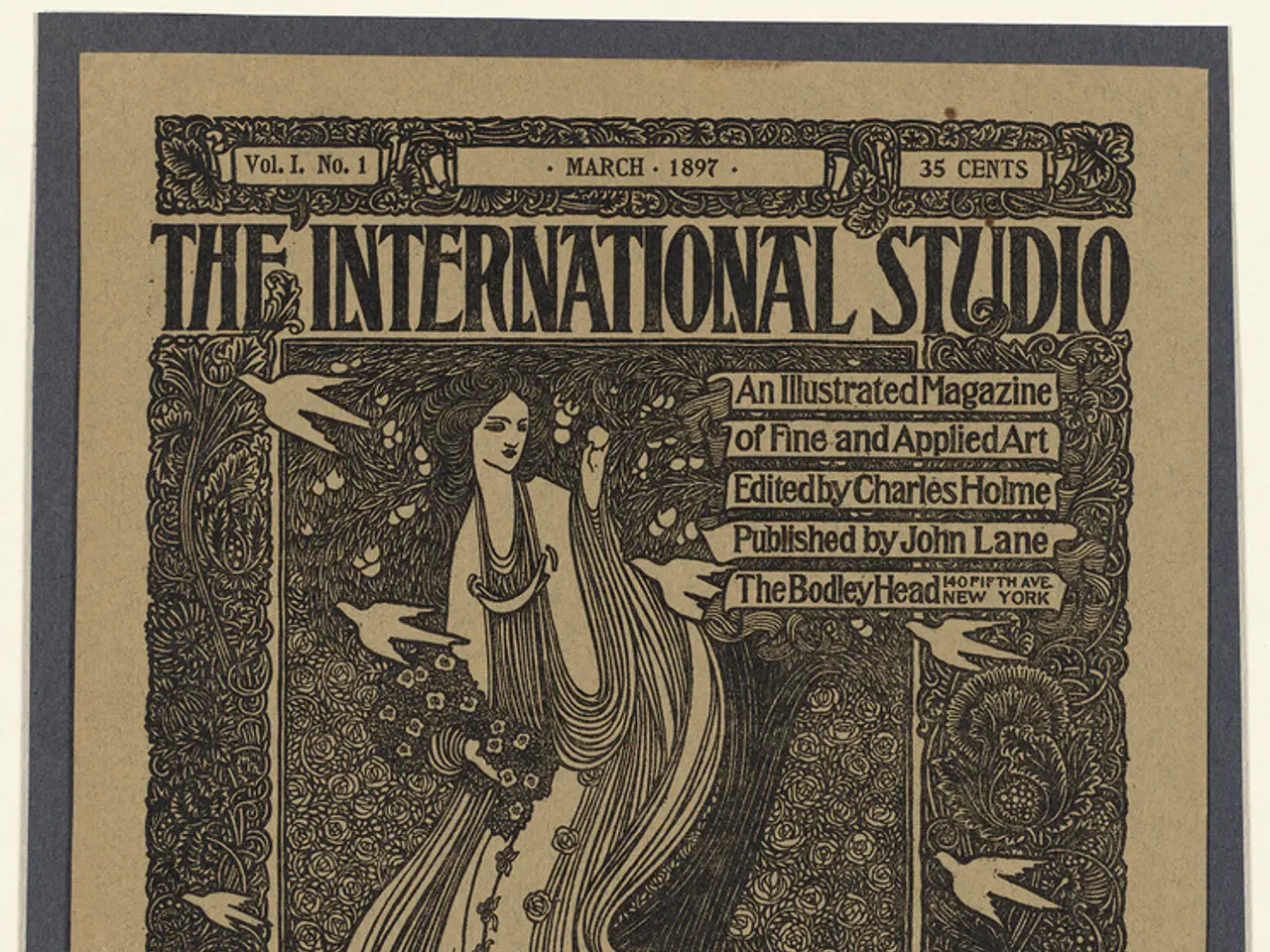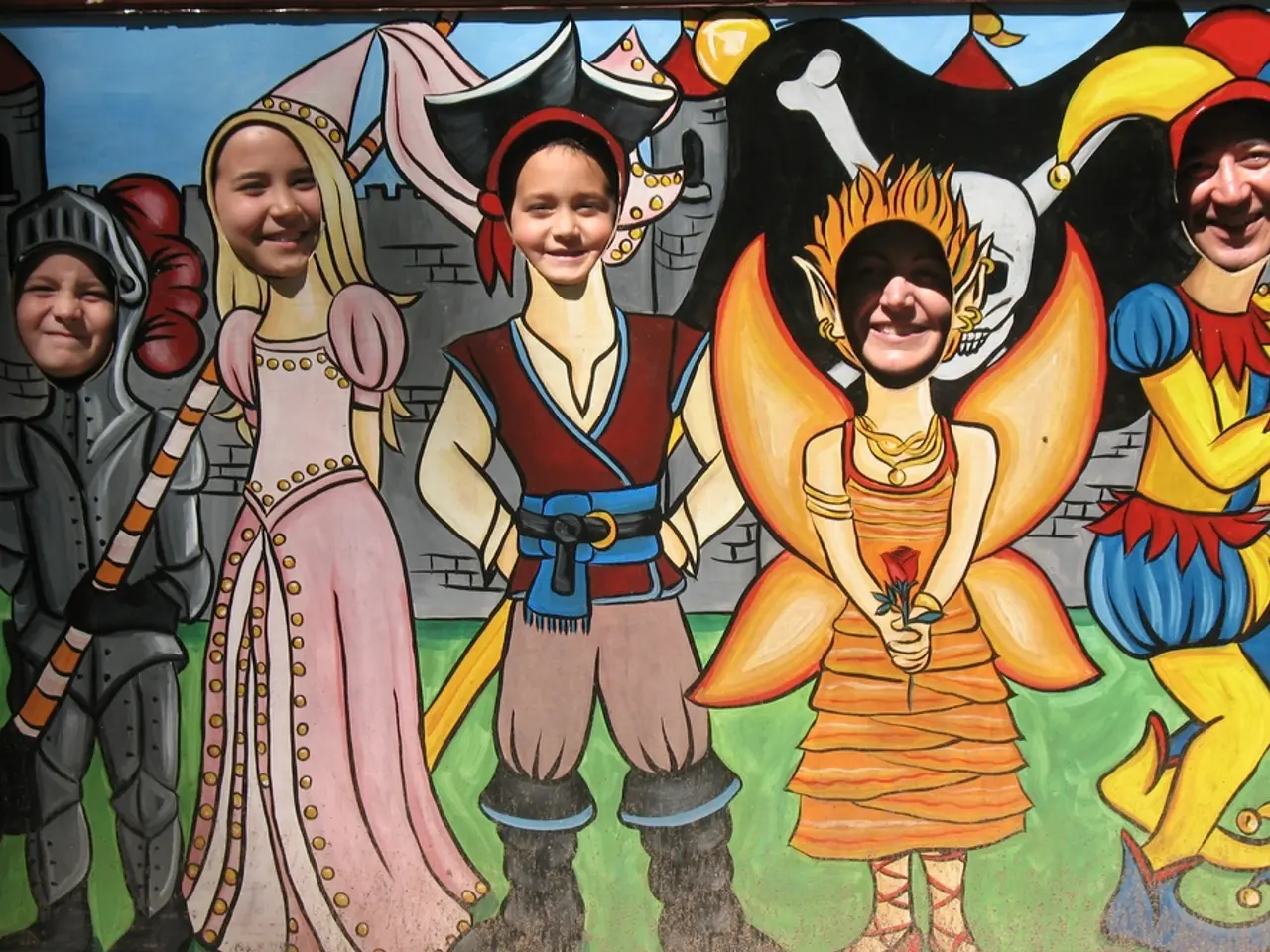Timeline and Evolution of Mont Saint-Michel: Exploring Its Historicity
In the heart of Normandy, France, stands a remarkable testament to human spirit and enduring faith – the majestic Mont Saint-Michel. Known for its dramatic tidal changes and stunning architectural beauty, this medieval island has been a beacon of hope and a symbol of French culture and history for over a thousand years.
The story of Mont Saint-Michel began in the year 708 AD, when Bishop Aubert of Avranches was visited by the Archangel Michael in his dreams. The archangel's message was clear: build a sanctuary on the rocky islet. Initially skeptical, Aubert obeyed after repeated visions and a miraculous sign – some versions state that the archangel burned a hole in the bishop's skull with his finger.
In the 8th century, the first religious building was constructed on the site, marking the beginning of Mont Saint-Michel's transformation from a simple chapel to a grand abbey. By 966 AD, a community of Benedictine monks had established a monastery on the island, marking the beginning of its growth into a major pilgrimage site.
Throughout history, Mont Saint-Michel served as a fortress. It was fortified in 1256 and played a crucial role during the Hundred Years' War and the French Wars of Religion, successfully resisting numerous sieges. The strategic location of the island made it a valuable stronghold for the Normans and later for the French monarchy.
In modern times, Mont Saint-Michel is a powerful symbol of French culture and history. It was inscribed as a UNESCO World Heritage Site in 1979, recognising its cultural significance. The site has undergone extensive restoration work, particularly after its use as a prison during the French Revolution and under Napoleon. Today, it stands as a testament to medieval architecture and spirituality, attracting millions of visitors each year.
Mont Saint-Michel continues to evolve, with ongoing conservation efforts to preserve its historical integrity and adapt to environmental challenges such as rising sea levels and erosion. Despite these challenges, Mont Saint-Michel remains a vibrant cultural and spiritual icon, symbolising resilience and enduring faith.
As a guide, I am here to ensure that every moment of your visit to Mont Saint-Michel is as enchanting as the stories that have shaped this magical place. From the secret passage within the abbey, used by the monks during times of siege, to the breathtaking views of the bay, each stone, each corner, and each view tells a story. And we are here to help you uncover them all.
Mont Saint-Michel is more than just a destination – it's an unforgettable journey filled with spiritual significance, architectural marvels, and natural beauty. As you explore its medieval streets, you will feel the presence of all those who have come before you, including pilgrims, monks, soldiers, and dreamers. Each step you take, each corner you turn, is a step into history, a turn into the past, and a glimpse into the enduring spirit of humanity.
In the realm of general news, a political debate about ensuring the preservation and sustainable development of Mont Saint-Michel, a UNESCO World Heritage Site, has arisen. This discussion includes plans to protect the area from environmental challenges such as rising sea levels and erosion, a crucial aspect in safeguarding a significant symbol of French culture and history that has stood through war-and-conflicts for over a thousand years.
As the sun sets over Mont Saint-Michel, news channels from around the world are reporting on the ongoing restoration efforts, emphasizing the monument's importance not only as a testament to medieval architecture and spirituality but also as a tangible link to human resilience and faith in challenging times, reflecting the themes commonly found in politics and war-and-conflicts.
